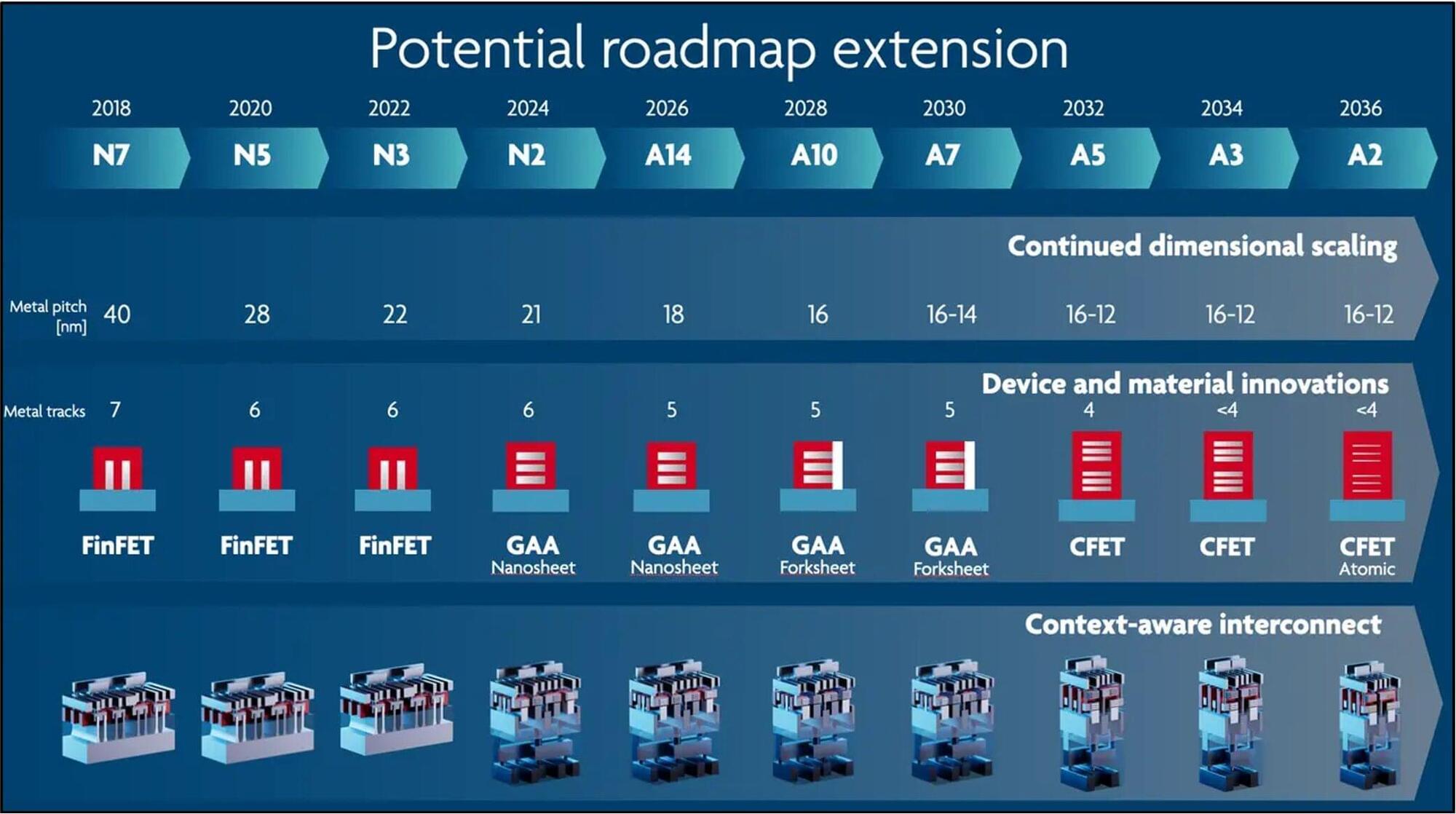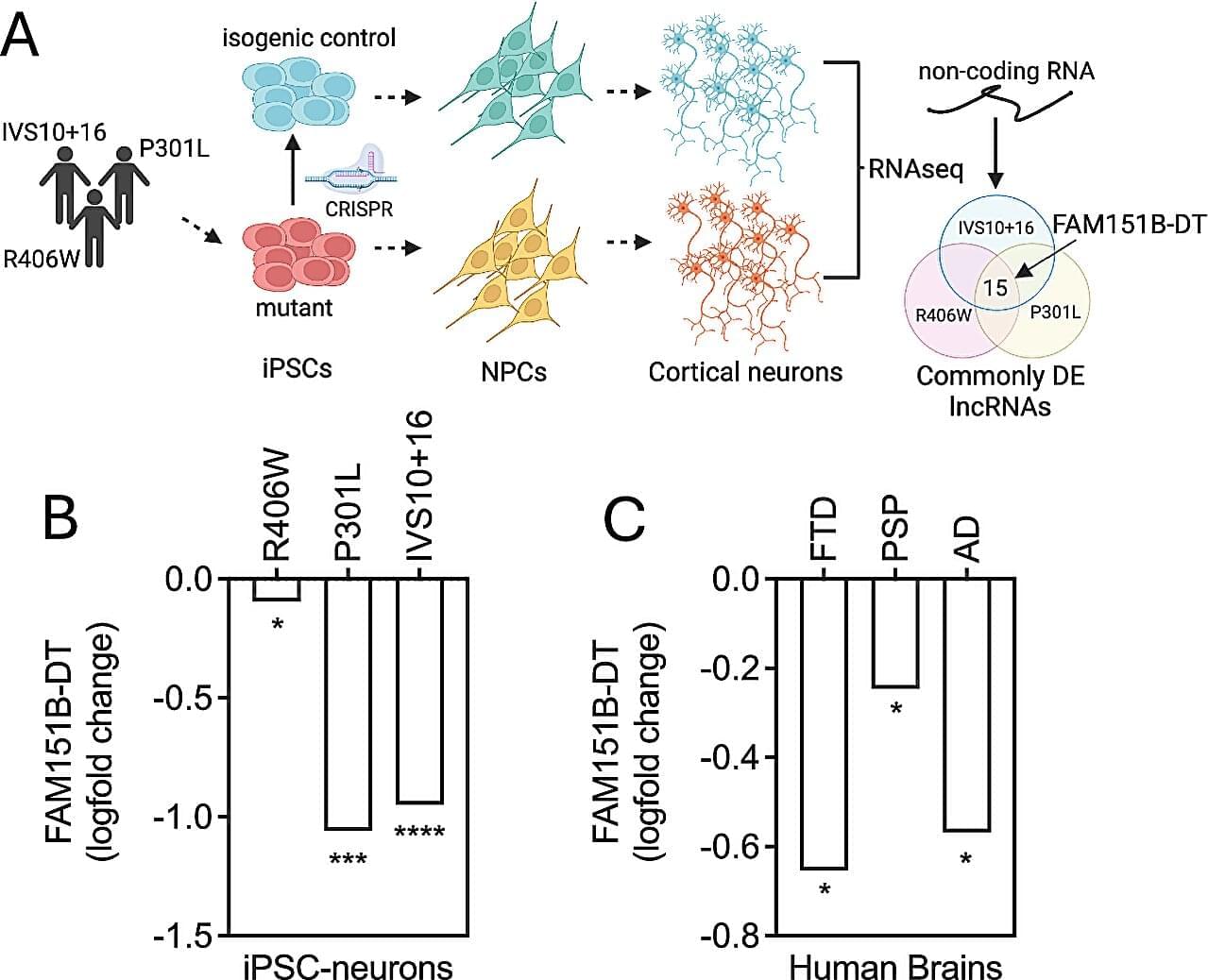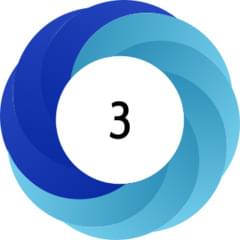Particles as different as soap bubbles and ball bearings can be made to arrange themselves in exactly the same way, according to a new study that could unlock the creation of brand new materials—including those with promising biomedical applications.
The international study, involving Professor Simon Cox from Aberystwyth University, reveals how diverse particles self-organize into identical geometric patterns when confined. The work is published in the journal Physical Review E.
The discovery could help scientists design advanced materials for medical use—including in smart drug delivery systems and targeted therapies. It could also offer valuable insights for tissue engineering, where understanding how biological cells arrange themselves in tight spaces is essential for developing effective scaffolds and regenerative treatments.








